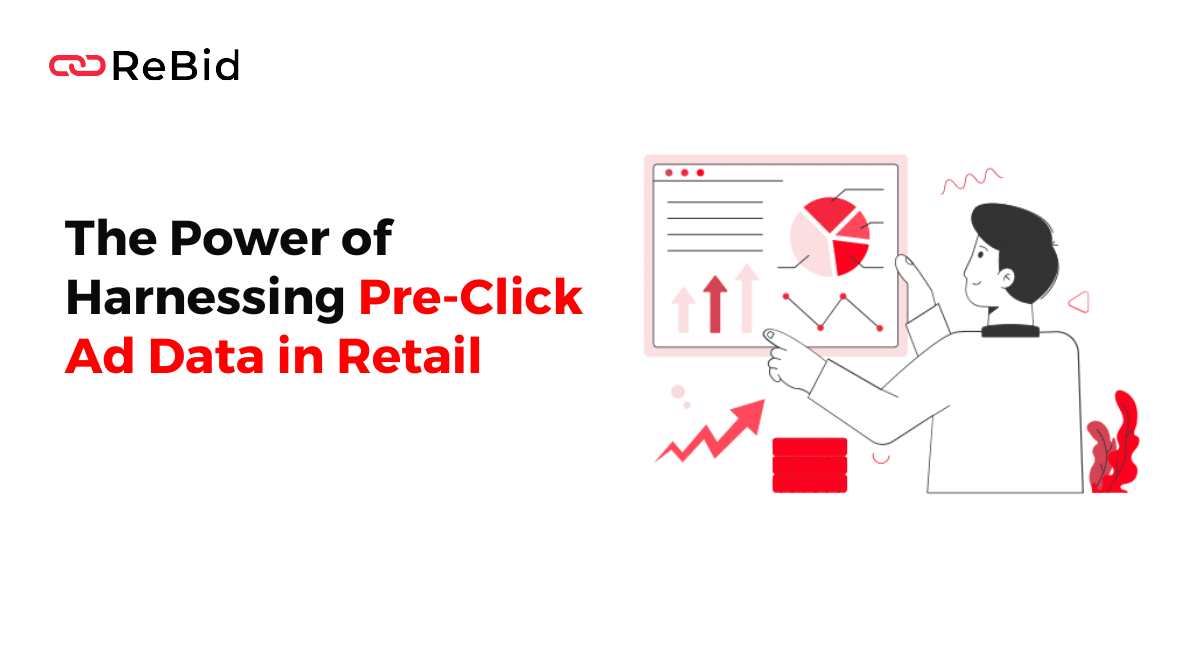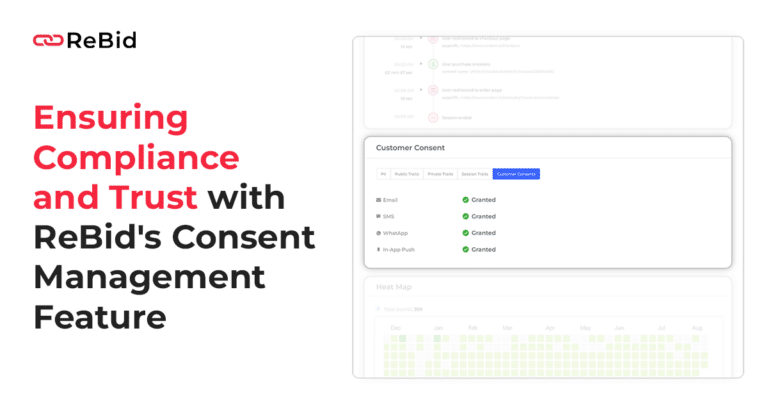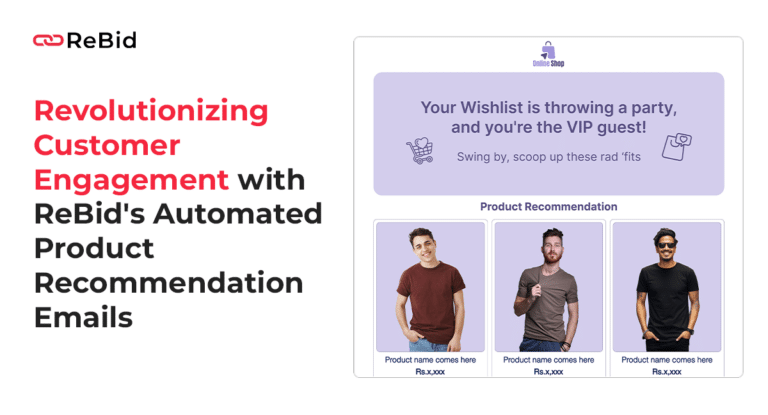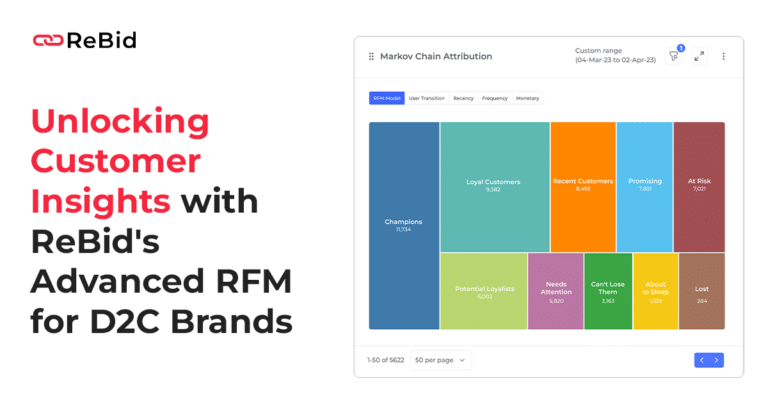Introduction
In the digital age, retail success hinges on effectively leveraging data. Pre-click ad data, which includes impressions and views, is a goldmine of insights. By connecting pre-click with post-click and offline data, retailers can paint a complete picture of the customer journey, leading to more targeted and effective marketing strategies.
Understanding Pre-Click Ad Data
Definition and Importance
Pre-Click Data: This data refers to the information gathered before a user clicks on an ad. It primarily includes the number of impressions (times an ad is displayed) and views (for video or interactive content).
Significance: Understanding pre-click data is essential for retailers to gauge the initial effectiveness of their advertisements. It reveals how well an ad performs in grabbing potential customers’ attention and sets the stage for further engagement.
Components of Pre-Click Data
Impressions: A metric indicating how many times an ad has been displayed on user screens. It helps in understanding the reach of the ad.
Views: Particularly relevant for video and interactive content, views provide insights into how engaging the content is and how many users are interacting with it.
Integrating Pre-Click with Post-Click and Offline Data
Benefits of Integration
- Holistic View: Combining pre-click with post-click (actions taken after clicking an ad) and offline data (like in-store purchases) offers a comprehensive understanding of consumer behavior.
- Customer Journey Mapping: This integration helps in tracing the entire journey of a customer, providing insights from the moment they see an ad to the point of purchase, either online or offline.
Strategies for Integration
Unified Data Platforms: Employing platforms that can consolidate and manage data from different sources and stages of the customer journey.
Analytics and AI: Using advanced analytics and artificial intelligence to analyze and draw connections between various data sets.
Analyzing Pre-Click Data for Retail Strategy
Targeted Advertising
Audience Segmentation: Using pre-click data, retailers can segment their audience based on how they interact with different ads, allowing for more tailored advertising strategies.
Personalized Campaigns: Develop personalized advertising campaigns based on the engagement patterns identified in the pre-click data.
Performance Optimization
A/B Testing: Running different versions of ads to see which elements resonate most with the audience, as indicated by higher impressions or views.
ROI Measurement: Measuring the return on investment of ad campaigns by evaluating the cost against the engagement and conversions generated.
Predictive Analysis
Trend Forecasting: Leveraging historical pre-click data to anticipate future customer interests and behaviors.
Demand Planning: Using insights from pre-click data to make informed decisions about inventory and supply chain management.
Challenges and Solutions
Data Silos
Challenge: Often, data is fragmented across different platforms and stages (pre-click, post-click, offline), making it difficult to get a unified view.
Solution: Implementing CRM systems and analytics tools that can integrate and manage data from various sources.
Privacy and Data Security
Challenge: Ensuring that customer data is handled ethically and in compliance with privacy laws.
Solution: Strict adherence to data protection regulations and implementing robust cybersecurity measures to safeguard data.
Conclusion
Harnessing pre-click ad data, in conjunction with post-click and offline data, equips retailers with deep insights into customer behavior and preferences. This integration facilitates the development of more targeted, effective marketing strategies and ultimately drives retail success.
FAQs
1. How does pre-click data aid in customer targeting?
Pre-click data helps identify what content grabs customer attention, allowing retailers to segment their audience and develop more personalized ads.
2. Can pre-click data be used for future trend predictions?
Yes, by analyzing historical pre-click data trends, retailers can forecast future customer behavior and preferences.
3. What are significant challenges in utilizing pre-click data?
Key challenges include integrating disparate data sources and ensuring data privacy and security.
4. How does integrating pre-click data enhance marketing strategies?
Integration provides a full view of the customer journey, enabling retailers to create more effective, data-driven marketing strategies.





